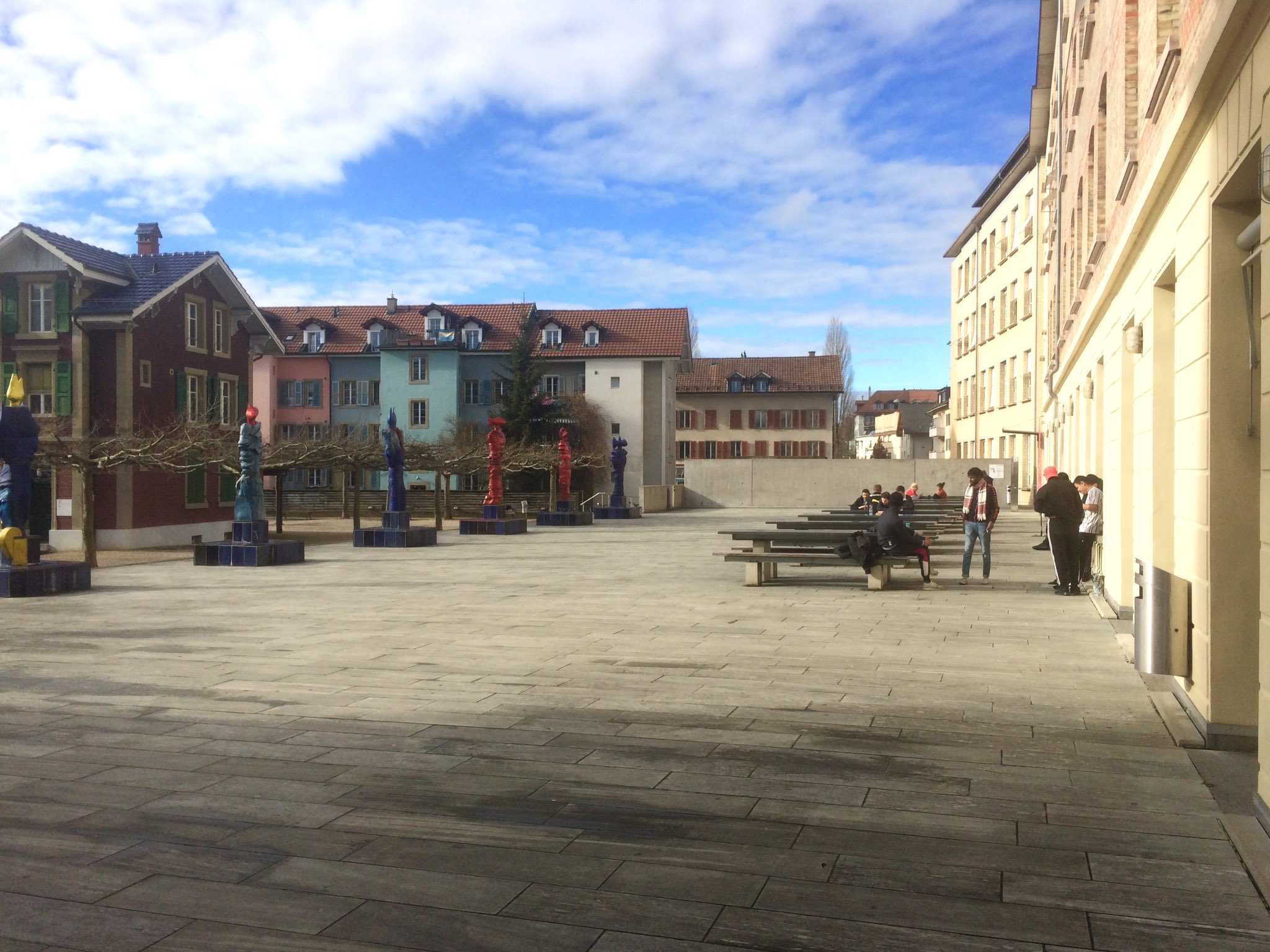By Anna Willi
At the end of January, I joined researchers from all over Switzerland at the ‘Rencontre épigraphique’ or ‘Epigraphikertreffen’. The annual event brings together researchers who work with inscriptions, be it at Universities or with regional archaeological authorities. It’s a meeting place for new and ongoing project reports, discussing controversial interpretations and showcasing new finds and difficult readings.

I wanted to take part because Switzerland has amazing and well-published evidence for my research on Latin literacy in Germania superior, particularly writing equipment and non-monumental inscriptions. It was a great opportunity to chat to the epigraphists and archaeologists who work on the relevant sites, to expand my network, to revive old contacts and to introduce LatinNow to the audience!
The topic of my talk was based on inscriptions on writing equipment and my starting point was a very cool inscribed stylus that was found during the Bloomberg excavations in London (read MOLA’s blog here). It bears a witty inscription – the longest on a stylus yet – that reveals it is a souvenir, probably brought to Britannia from Rome (transl. R. Tomlin for MOLA):

‘I have come from the City. I bring you a welcome gift with a sharp point that you may remember me. I ask, if fortune allowed, that I might be able (to give) as generously as the way is long (and) as my purse is empty.’
In my talk I gave an overview of Roman writing equipment (mainly styli and inkwells) with inscriptions, to see not just how the Ab urbe-stylus fits in, but also to ask what we can say about the content of the inscriptions, the people who used the objects and what inscribed writing equipment can contribute to our research on literacy. The answers to all of these questions will – I hope – be given in my forthcoming article, but I can say this much: it turns out the Ab urbe-stylus is rather unique!
The vast majority of inscriptions on writing equipment are proprietors’ or makers’ marks and contain not much more than a name, if that. However, there are a number of objects with longer inscriptions, mainly elaborately decorated copper-alloy styli that all seem to be similar in style. They were probably made as gifts. The inscriptions are of amorous or friendly nature, address intellectual topics or have Christian messages. Most of them were found on the continent (Gaul/the Germanies) and date to the 2nd–3rd centuries AD or later.

The Ab urbe-stylus is the only one with a touristic inscription. What is more, with its simple iron design, its early date (around 70 AD) and having been found in Britain it is very different from the other inscribed styli. While the later styli may represent a certain fashion or trend, it is possible that the Ab urbe-stylus was a singular and spontaneous creation.
Whoever had it inscribed in Rome, I like to imagine their smirk as they came up with the text – and that of their colleague, friend or family member who received the gift in Londinium.